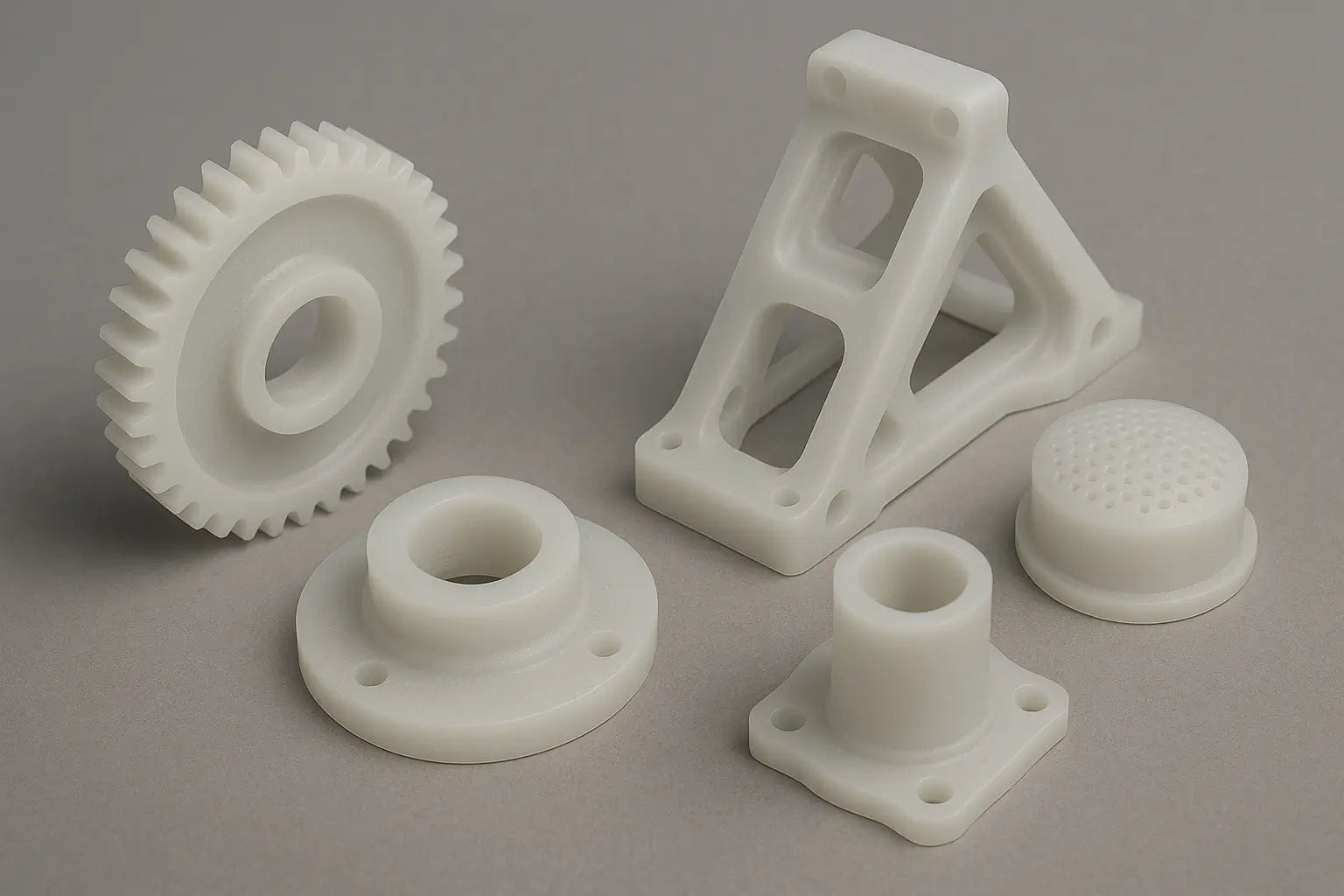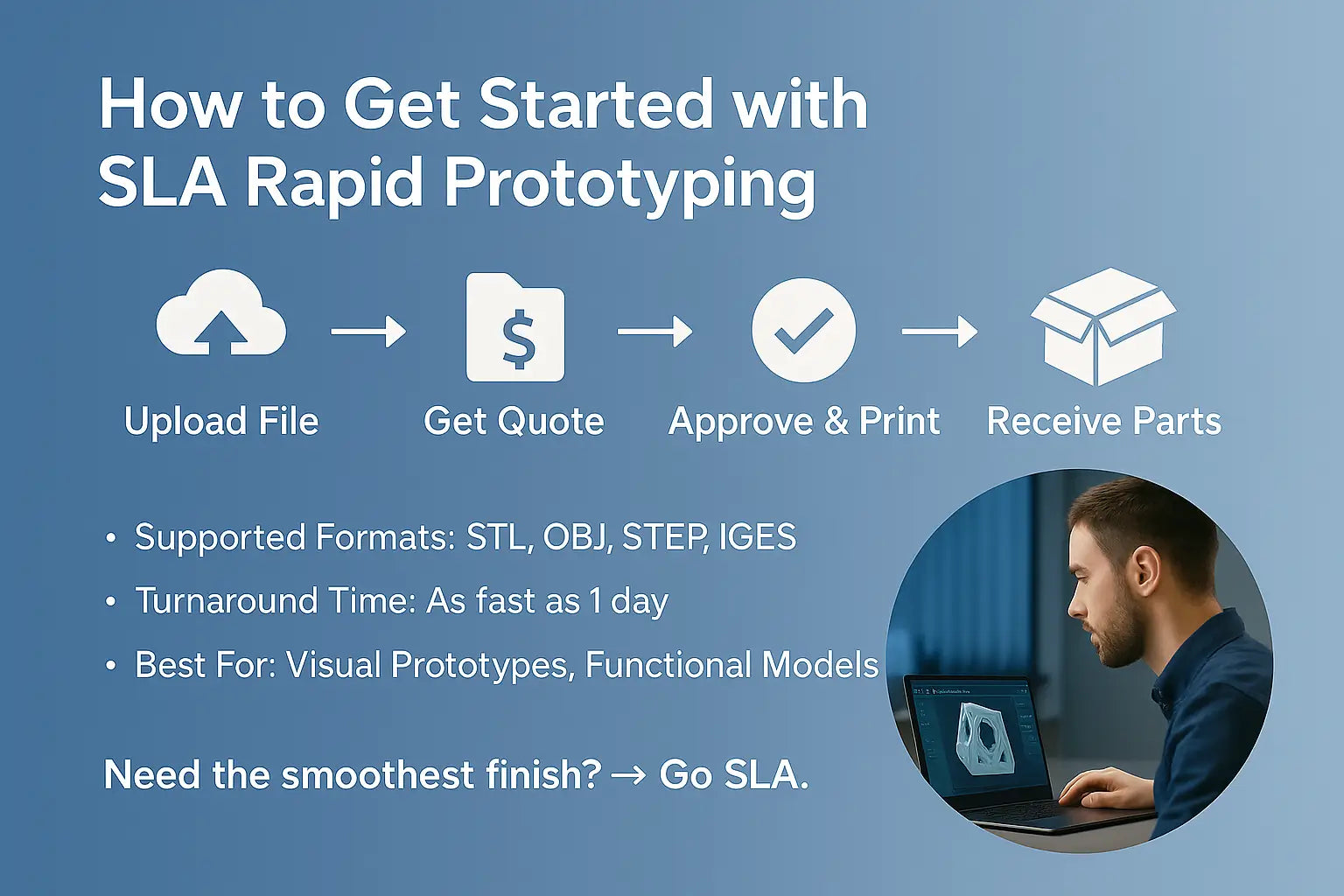SLA Rapid Prototyping: Fast, Accurate, Ready to Impress

What Is SLA Rapid Prototyping?
Why Choose SLA for Rapid Prototyping?

How Does SLA Prototyping Work?

SLA Prototyping in Action: Real Case Study
When to Use SLA for Rapid Prototyping (and When Not To)
How to Get Started with SLA Rapid Prototyping

